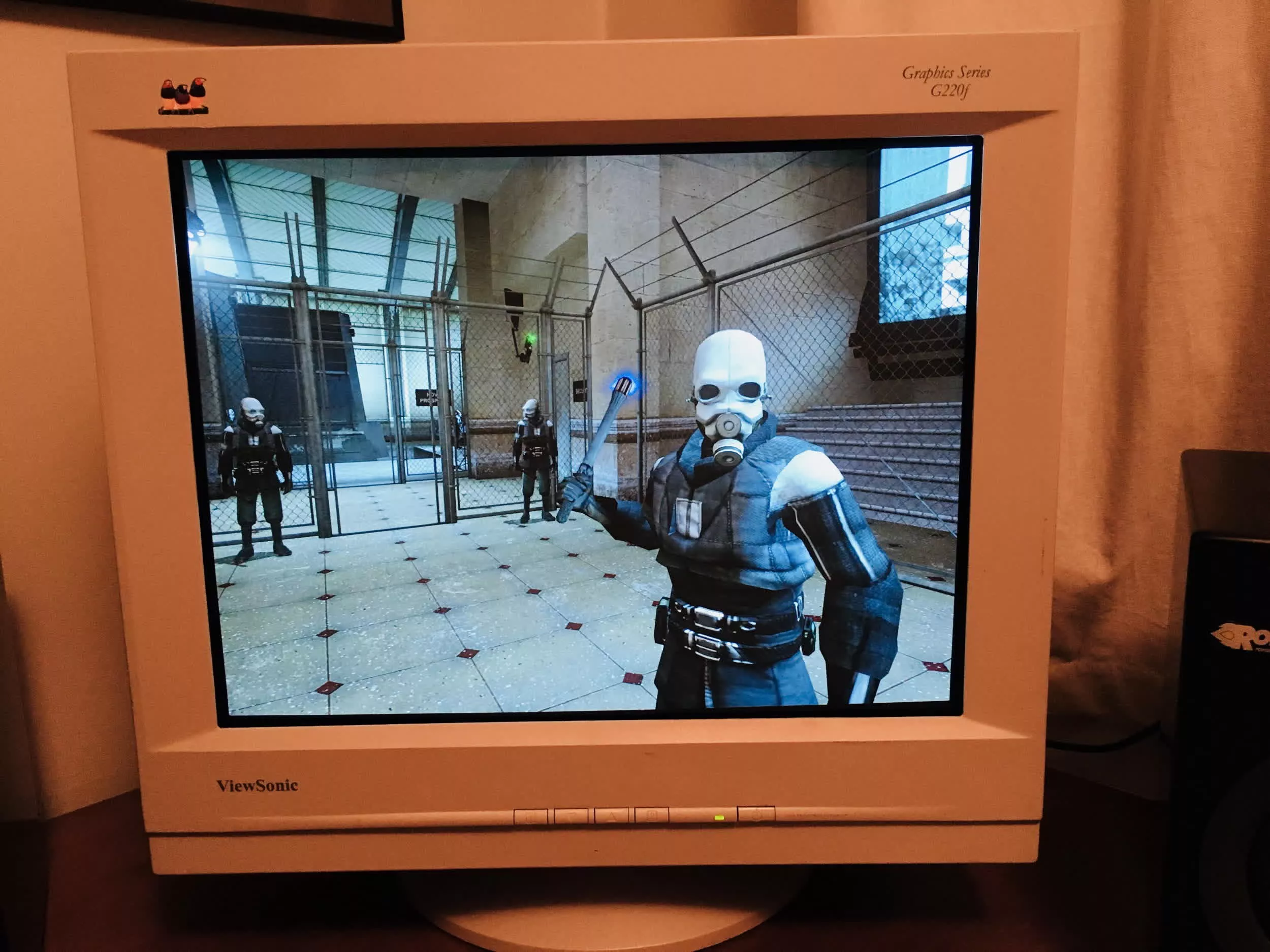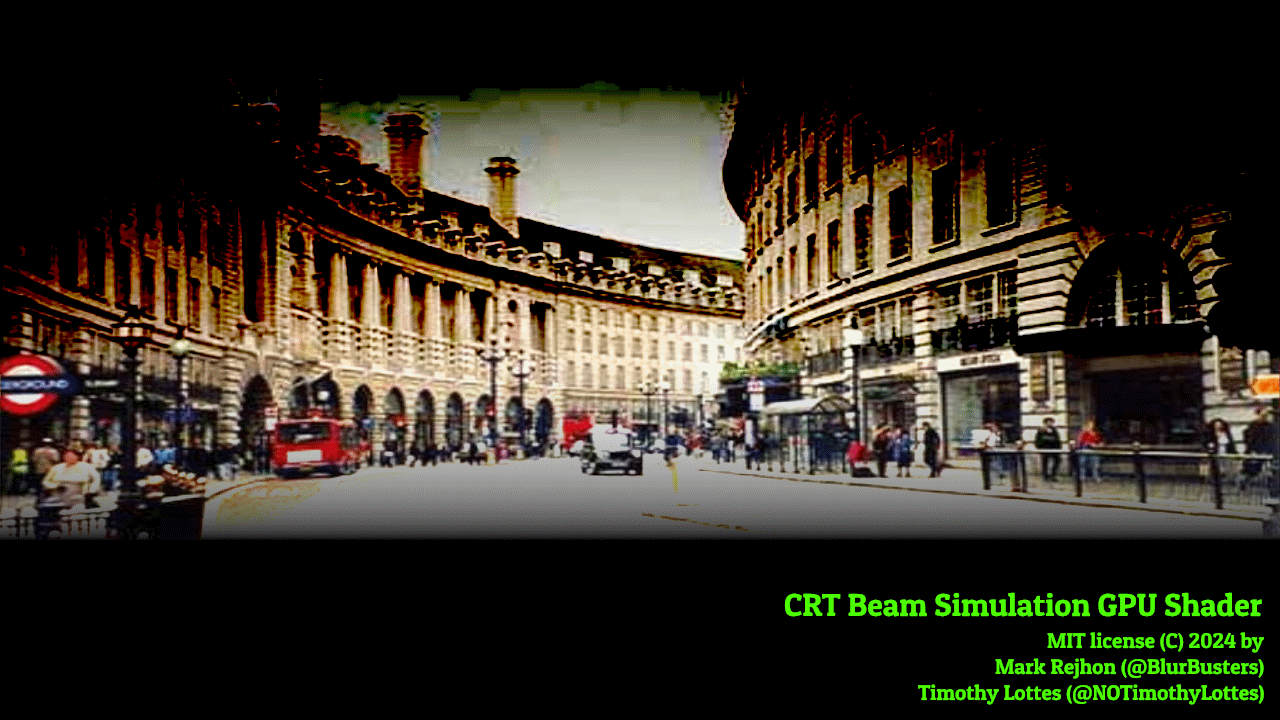In context: Modern shaders are sophisticated pieces of code capable of modifying real-time computer graphics with high precision. Some shaders can render realistic game environments using advanced ray tracing lighting effects, while others can significantly enhance simple, minimalistic virtual scenarios.

Best known for their popular UFO Test refresh rate tool, Blur Busters have unveiled a potential game-changer in motion clarity and advanced graphics. Founder Mark Rejhon teamed up with Timothy Lottes, a former AMD and Nvidia engineer, to develop a novel algorithm that simulates the behavior of CRT screens. This breakthrough technology is already being adopted by major emulation projects.
The algorithm is designed to deliver a "major" reduction in motion blur on monitors with higher refresh rates. As Blur Busters explains, anyone familiar with CRTs knows their ability to produce "shockingly clear" moving graphics – a quality the algorithm aims to replicate.
Unlike the traditional Black Frame Insertion (BFI) method used by other CRT shaders, this new approach offers a superior experience with fewer eyestrain issues. It is especially effective for reducing motion blur in "legacy" 60fps, 60Hz content. However, there's a catch: the algorithm requires a monitor with a minimum refresh rate of 120Hz and no local dimming lag.

Blur Busters recommends 240Hz OLED displays for the best results with the algorithm, although it should also work well on 240Hz LCD displays. However, the performance is expected to be "fantastic" on 360Hz to 480Hz OLED screens. The algorithm can reduce motion blur in both real-time and slow-motion scenarios, offering a potential boost for emulators and retro gaming enthusiasts.
The real-time version of the algorithm requires a powerful GPU and may not look optimal on all displays. As Blur Busters notes, "Your display motion blur reduction will be limited by the native:simulated Hz ratio. More Hz the merrier." To demonstrate its effectiveness, Blur Busters posted several demos on ShaderToy, showcasing how the algorithm performs on 120Hz, 240Hz, and 480Hz monitors. The 240Hz demo looks good on my QHD 240Hz monitor, though I'd love to compare it with my old CRT for a true side-by-side test.
CRT simulation has long been a challenge for graphically-intensive emulators of classic consoles and PC systems. With this new open-source shader, the situation is set to improve quickly.
GPU-based shader simulates motion clarity of classic CRT monitors, courtesy of Blur Busters